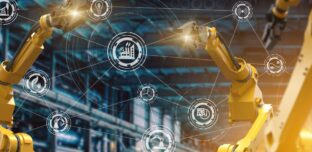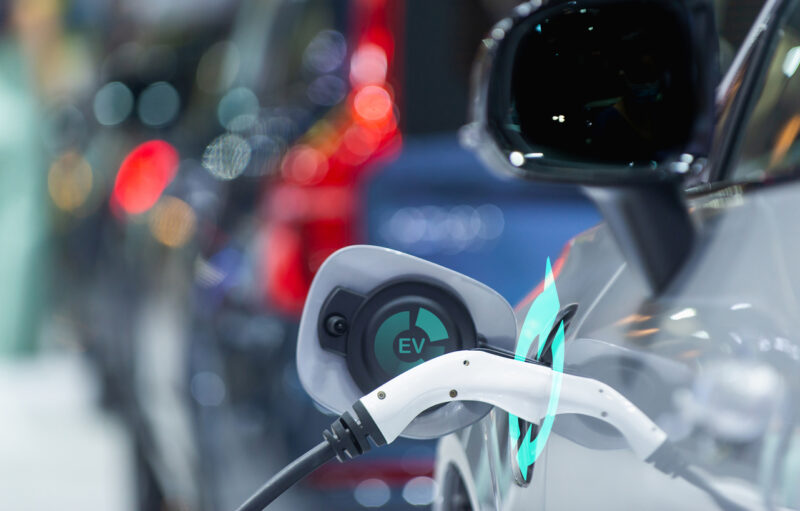Suppliers in the automotive industry are facing difficult decisions about retooling factories for the electric vehicle revolution just as the world’s leading car makers are signalling that EVs are not the only way forward they are considering. This all makes investment decisions more complex.
In the face of stalling sales of EVs, many large car brands are noticeably more pragmatic about the future shape of the industry, emphasising a continuing role for the traditional internal combustion engine (ICE) alongside battery power and a wide range of less carbon-intensive “e-fuels”.
BloombergNEF predicts 16.7 million sales of EV passenger cars in 2024, a rise of 21% overall. That sounds healthy but the disparity between markets is making car manufacturers wary. Europe is expected to be flat, US sales might be pulled lower by political considerations and a reduction in incentives, while Chinese growth is slowing because of market saturation and economic concerns among middle class consumers.
In January the chairman of Toyota, the world’s second largest car manufacturer, predicted electric vehicles would never make up more than 30% of global car sales. Akio Toyoda, grandson of the company founder, restated his long-held view that alternative fuels like hydrogen offered more benefits in terms of manufacturing and running costs – and this from the man whose predecessors built the first mass-market EV, the Prius, back in 1997.
For Tier 1 suppliers like Bosch, Delphi or Getrag, this hesitancy causes headaches because they have to decide how to split research and development budgets across different propulsion systems. But for the Tier 2 suppliers to whom they outsource development of many highly specialised components, the uncertainty is more acute.
Many of today’s leading Tier 2 suppliers have evolved into sophisticated precision manufacturers, developing impressive technology along the way. However, it is unrealistic for a company that produces a highly engineered engine component for fossil-fuelled cars to shift seamlessly to making parts for battery-powered vehicles.
Batteries only have 20 key moving parts against around 200 in a traditional engine – and the highly integrated Chinese supply chain has a huge lead in many aspects of EV technology, leaving suppliers in the rest of the world trailing in their wake.
The starkest example of this market power is the January sales chart that showed China’s BYD overtaking Tesla as the world’s leading producer of all-battery EVs.
Switching to new factories and new EV-related products, if it is even possible for suppliers, will cost billions of dollars across the whole supply chain. Most Tier 2 suppliers are family-owned and rely on their own cash resources and bank loans to fund the work, so it is a big ask.
Making car parts is a relatively low margin business and it requires huge volumes to make reasonable profits. There is every chance the big car manufacturers will look to tighten those margins even further to free up cash to fund their own investment in new technologies.
Banks may have funded these essentially strong, solid businesses for decades but their lending criteria are changing and investors are pushing them to withdraw from sectors that revolve around fossil fuels.
Except, of course, that it is clear that petrol and diesel cars will continue in production for some time. There will also be huge investment by the big brands, such as BMW and VW, to develop ever more fuel-efficient internal combustion engines – and, as now, they will look to their traditional supply chain to give them an edge.
I suspect the outcome of this global game of chess will be a lot of consolidation among the highly efficient traditional suppliers. It is quite likely those deals will attract the necessary funds, most probably from private equity. Closer cooperation and joint ventures with Tier 1 customers one step up the supply chain are also likely to develop.
While uncertainty will continue to be a feature of the market for the foreseeable future, it is also likely to spur the creation of a new ecosystem with closer relationships between car makers and their suppliers.
In this environment, agile and well-funded entrepreneurial businesses will find themselves well positioned to forge new partnerships which give them a lucrative stake in an increasingly diverse global automotive market.
It may well be that companies do not have to choose between the old world of ICE and the new era of EVs. Perhaps they can do both.





















